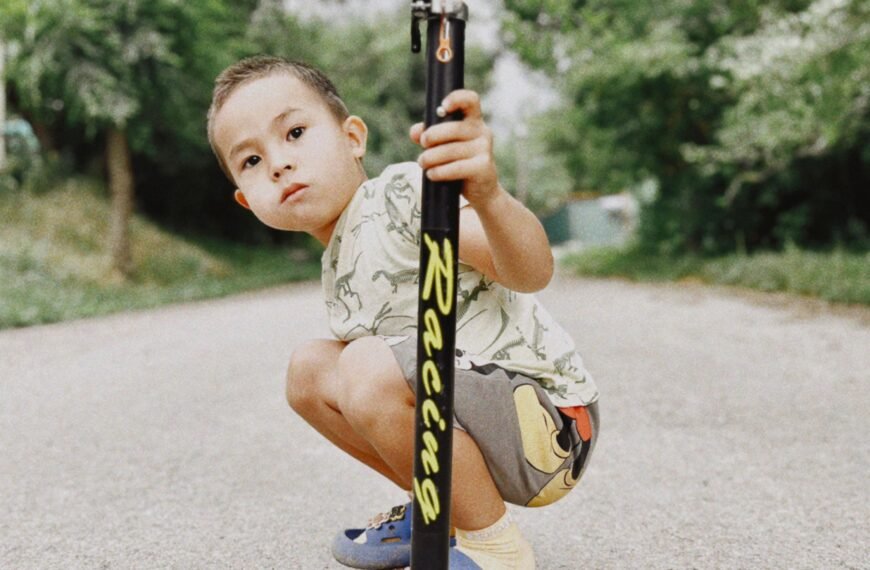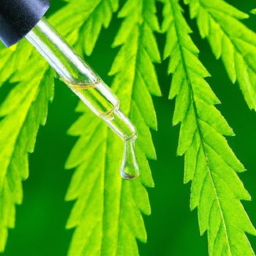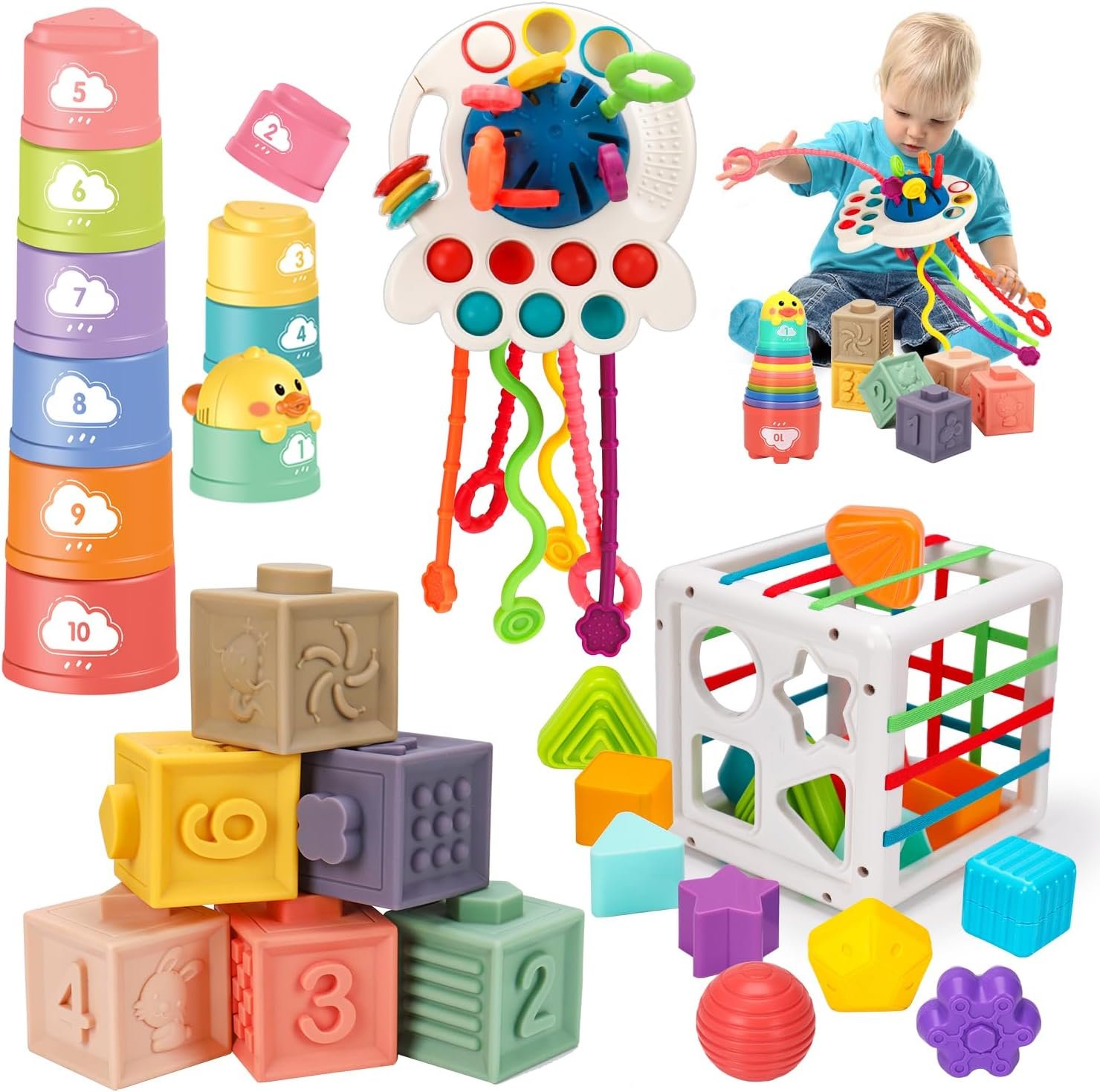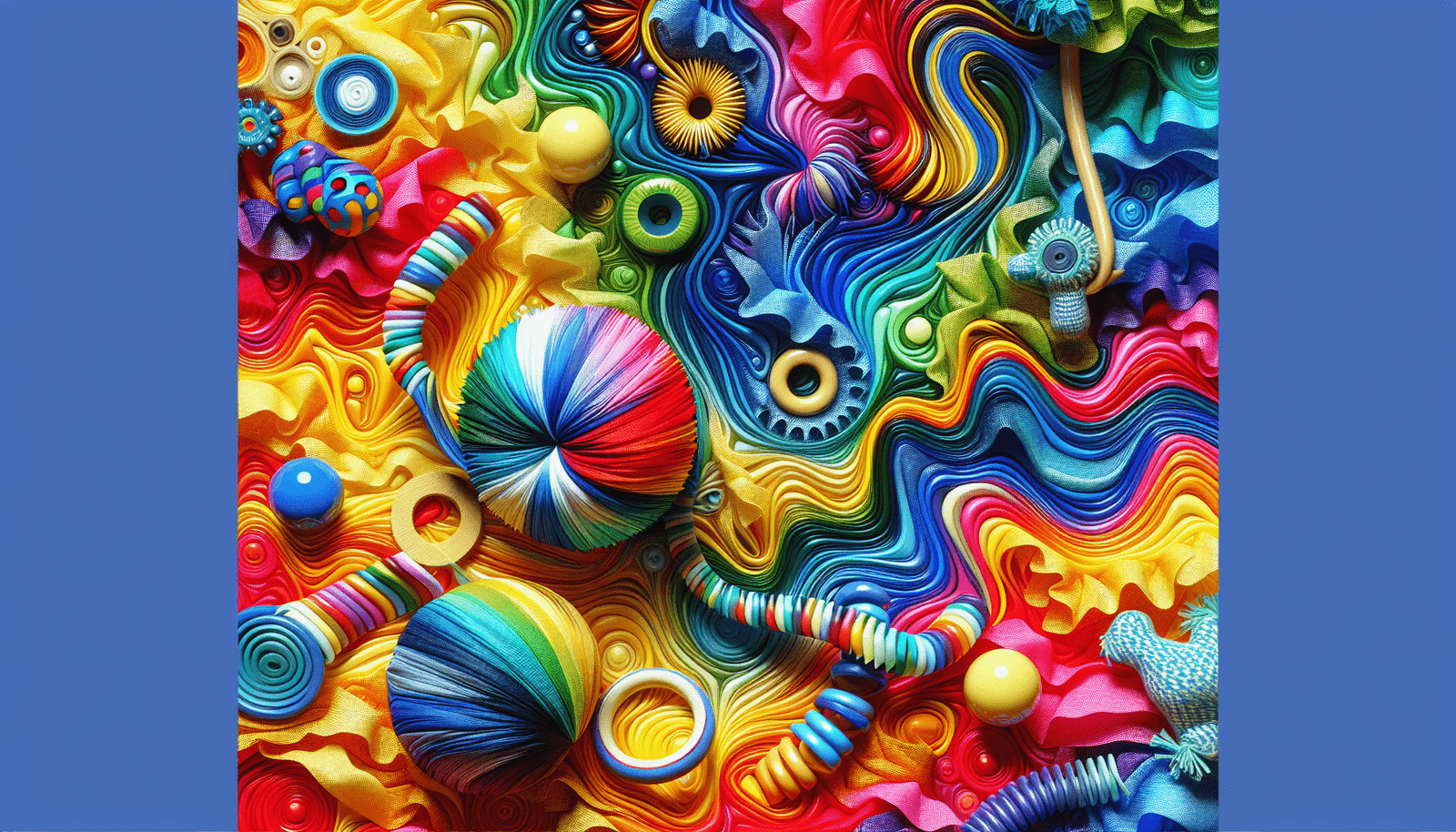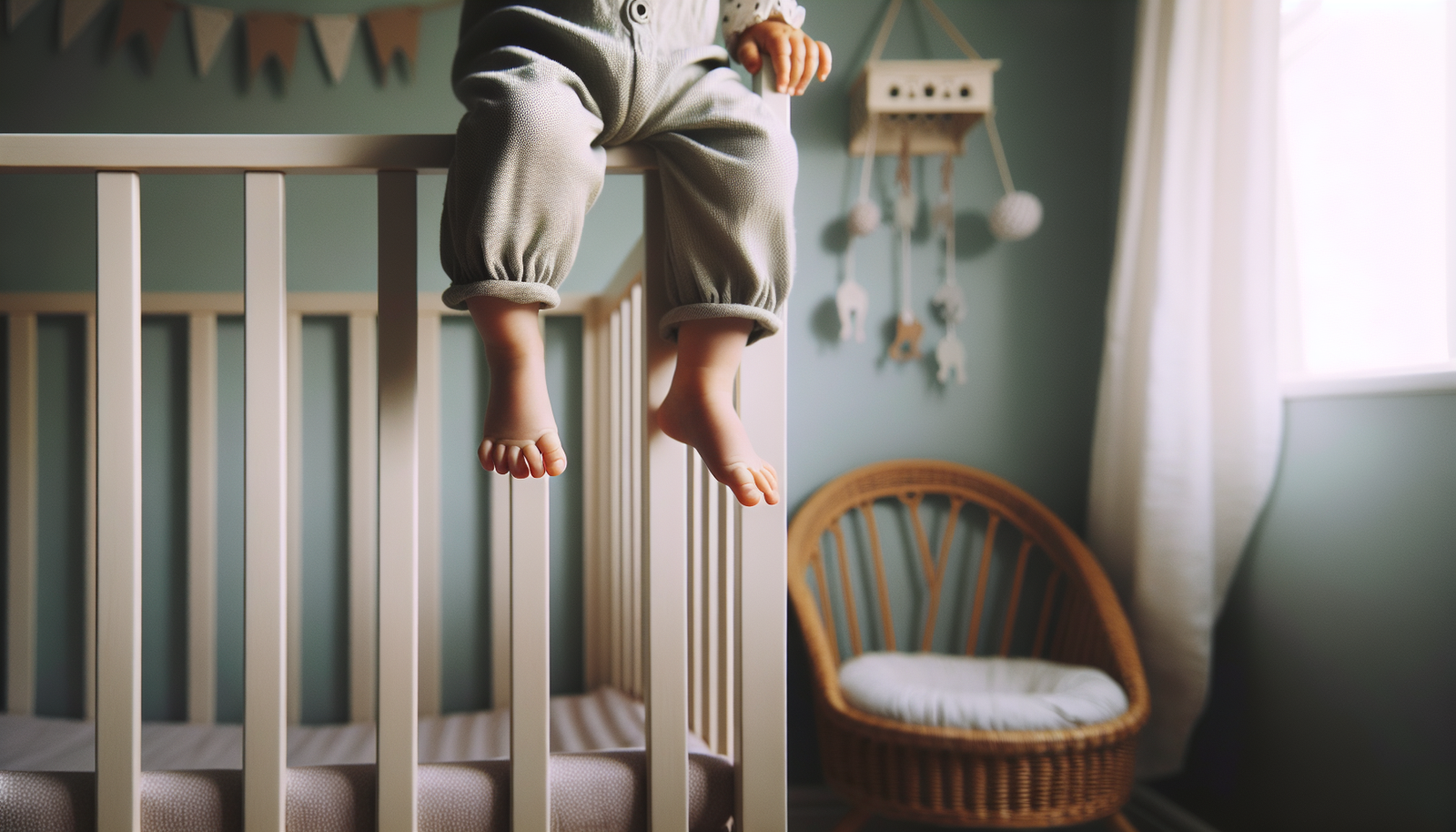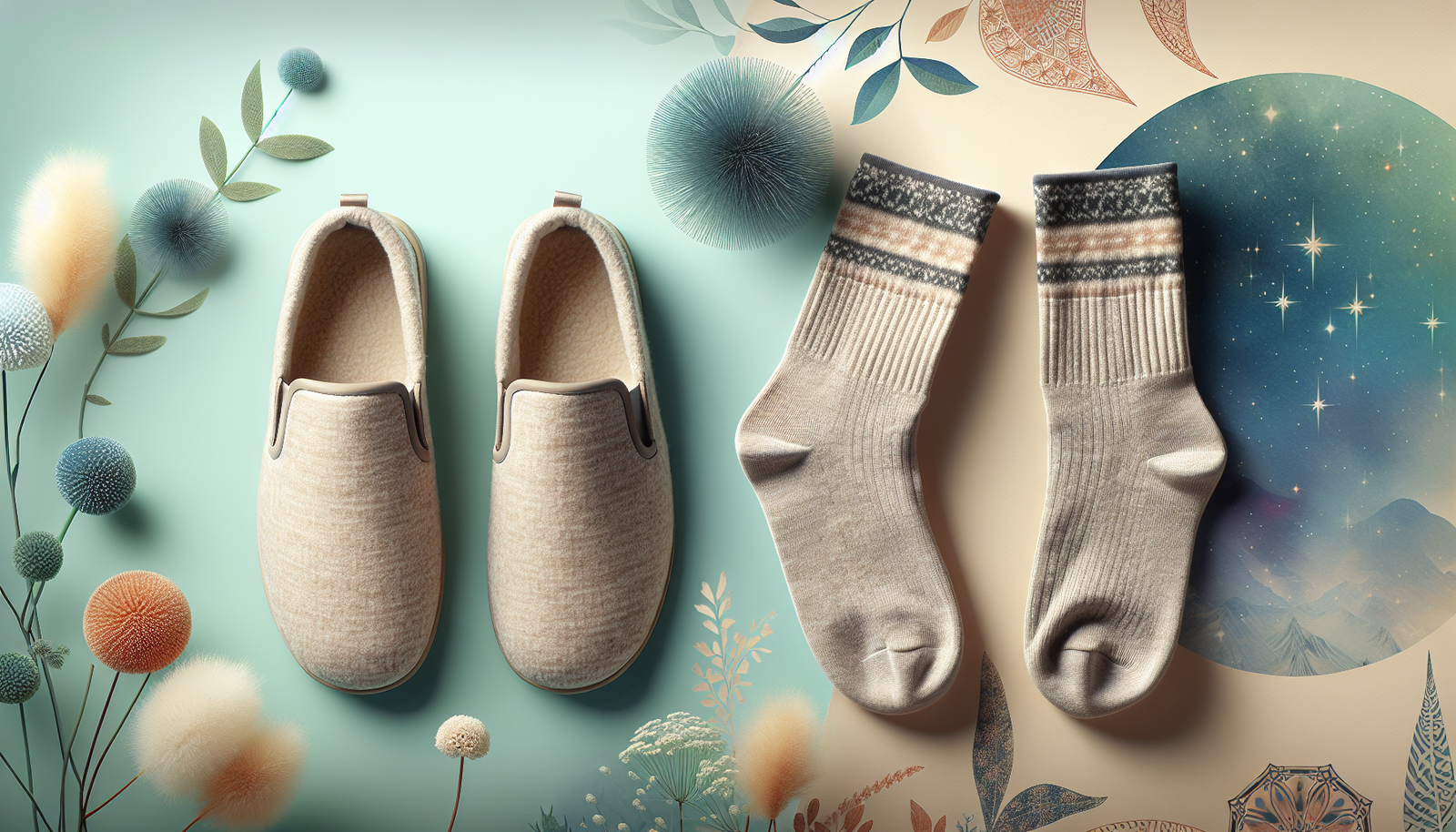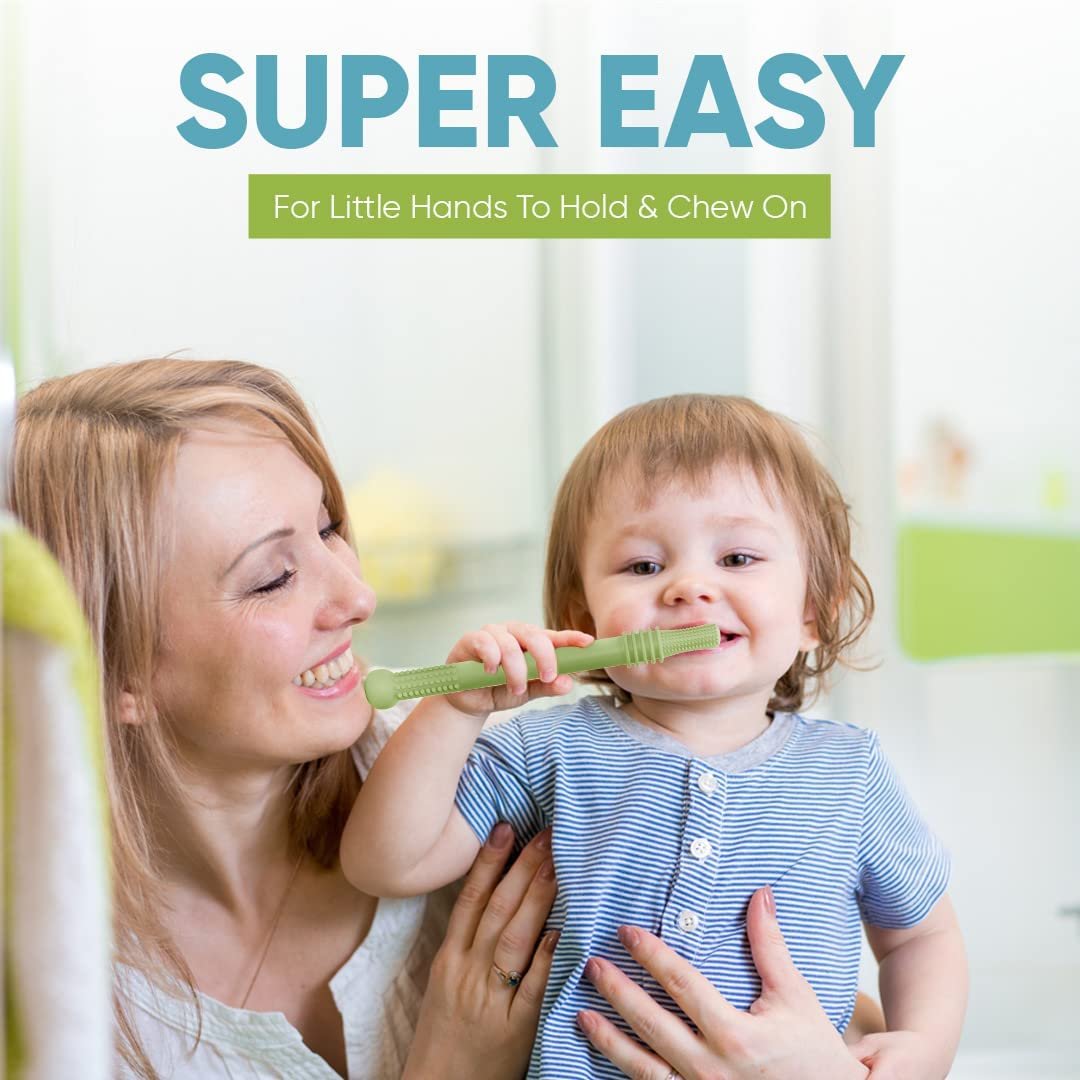Are your little one’s silicone baby toys in need of a good cleaning? Look no further! This article will provide you with a simple and effective method for keeping those toys squeaky clean and germ-free. With just a few basic household ingredients and a little bit of elbow grease, you’ll have your silicone baby toys looking as good as new in no time. Say goodbye to dirt, grime, and those pesky germs – and hello to a fresh and hygienic playtime experience for your little bundle of joy!
Check Baby Toys Guide & Review
Materials needed
To clean silicone baby toys effectively, you will need the following materials:
Warm water
Warm water is a gentle yet effective tool for cleaning silicone toys. It helps to loosen dirt and grime without damaging the material.
Mild dish soap
Using a mild dish soap is crucial for cleaning baby toys. It is safe for both the silicone material and your baby, as it does not contain harsh chemicals or fragrances.
Soft cloth
A soft cloth is ideal for wiping down silicone toys, as it is gentle on the material and won’t leave any scratches or marks.
Toothbrush
A toothbrush with soft bristles is useful for cleaning hard-to-reach areas and removing stubborn dirt or stains from the silicone toys.
Vinegar
Vinegar is a natural cleaning agent that can help to remove stains and odor from silicone toys.
Baking soda
Baking soda is a versatile cleaning agent that can be used to create a paste for tackling tough stains on silicone toys.
Bleach (optional)
Bleach can be used as a disinfectant for silicone toys, but it should be used sparingly and with caution. It is important to follow proper dilution instructions and rinse the toys thoroughly afterward.
Rubbing alcohol (optional)
Rubbing alcohol can be used to sanitize silicone toys, especially if they have been exposed to germs or bacteria. It evaporates quickly and does not leave any residue.
Dishwasher (optional)
Some silicone baby toys may be dishwasher-safe, making it a convenient option for cleaning. However, it is essential to check the manufacturer’s instructions before using a dishwasher.
General cleaning instructions
Before diving into the specific cleaning methods, it is important to follow some general cleaning instructions for silicone baby toys. These steps ensure that you clean the toys effectively and maintain their quality.
Inspect the toy
Before starting the cleaning process, inspect the toy for any visible debris or large particles that need to be removed first. This can include food crumbs, dirt, or other substances that may have accumulated on the surface.
Remove any visible debris
Using your fingers or a soft cloth, carefully remove any visible debris from the toy. This step helps prevent the buildup of dirt and allows for a more thorough cleaning.
Prepare a cleaning solution
Depending on the level of dirt and stains on the silicone toy, you can choose from several cleaning solutions. These solutions will be discussed in detail in the following sections.
Wipe the toy with a soft cloth
Once the cleaning solution is prepared, take a soft cloth and dampen it with the solution. Gently wipe down the entire toy, ensuring that all surfaces are covered. Pay special attention to any crevices or hard-to-reach areas.
Clean hard-to-reach areas with a toothbrush
For those tricky spots that cannot be easily cleaned with a cloth, use a toothbrush with soft bristles. Dip the toothbrush in the cleaning solution and gently scrub the hard-to-reach areas. This will help remove any stubborn dirt or grime.
Rinse the toy thoroughly
After cleaning the toy, rinse it thoroughly with clean water to remove any traces of the cleaning solution. Make sure to rinse both the surface and any crevices or hard-to-reach areas.
Dry the toy completely
To prevent the growth of mold or mildew, ensure that the toy is completely dry before allowing your baby to play with it. Use a clean, dry cloth to pat the toy dry or leave it in a well-ventilated area to air dry.
![]()
Cleaning with warm water and mild dish soap
One of the simplest and safest methods for cleaning silicone baby toys is using warm water and mild dish soap. This method effectively removes dirt and grime from the toys without causing any damage.
Fill a basin with warm water
Start by filling a basin or sink with warm water. Make sure the water is comfortably warm and not too hot, as extremely hot water can affect the quality of the silicone.
Add a few drops of mild dish soap
Add a few drops of mild dish soap to the warm water and mix it gently to create a soapy solution. Remember, a little goes a long way, so there’s no need to use excessive amounts of dish soap.
Submerge the toy in the soapy water
Place the silicone toy in the basin and submerge it in the soapy water. Ensure that the toy is fully immersed and allow it to soak for a few minutes. This will help loosen any dirt or grime on the surface.
Gently clean the toy
Take a soft cloth and dip it into the soapy water. Gently wipe down the entire toy, making sure to cover all surfaces. Pay extra attention to any areas where dirt or stains are more apparent.
Rinse the toy with clean water
Once the toy has been thoroughly cleaned, rinse it with clean water to remove any soap residue. You can either hold it under running water or use a separate basin filled with clean water for rinsing.
Dry the toy
After rinsing, pat the toy dry with a clean towel or cloth. Ensure that all moisture is removed to prevent the growth of mold or mildew. Allow the toy to air dry completely before returning it to your baby’s play area.
Removing stains with vinegar and baking soda
For tougher stains, a mixture of vinegar and baking soda can be an effective cleaning solution. Vinegar helps to dissolve stains, while baking soda acts as a natural abrasive to lift dirt and grime.
Create a mixture of vinegar and water
In a clean bowl or container, mix equal parts of vinegar and water to create a cleaning solution. For example, you can use ½ cup of vinegar and ½ cup of water.
Dip a soft cloth into the mixture
Dip a soft cloth into the vinegar and water mixture, ensuring that it is saturated but not dripping. Wring out any excess liquid before using it on the toy.
Gently rub the stained areas
Using the vinegar-soaked cloth, gently rub the stained areas of the toy. Apply slight pressure and continue rubbing until the stain starts to fade. If necessary, you can let the cloth sit on the stain for a few minutes to allow the vinegar to work its magic.
Create a paste with baking soda and water
For stubborn stains, create a paste by mixing baking soda with a small amount of water. The paste should have a thick, toothpaste-like consistency.
Apply the paste on stubborn stains
Apply the baking soda paste directly onto the stubborn stains on the silicone toy. Use your fingers or a soft cloth to spread the paste evenly over the affected areas.
Scrub the toy with a toothbrush
Using a toothbrush with soft bristles, gently scrub the toy in circular motions, focusing on the areas with the baking soda paste. The abrasive properties of the baking soda will help lift the stains.
Rinse the toy and dry
After scrubbing, rinse the toy thoroughly with clean water to remove any remaining vinegar or baking soda residue. Once rinsed, dry the toy completely before returning it to your baby or storing it.
![]()
Disinfecting with bleach (if desired)
If you want to take an extra step in sanitizing your baby’s silicone toys, you can use bleach as a disinfectant. However, it is crucial to use bleach sparingly and with caution, as it can be harmful if not used correctly.
Prepare a bleach solution
Follow the instructions on the bleach bottle to properly dilute the bleach. Typically, a ratio of 1 tablespoon of bleach per gallon of water is recommended. Mix the bleach solution in a well-ventilated area.
Submerge the toy in the solution
Place the silicone toy in a basin or sink and carefully pour the bleach solution over it, ensuring that the entire toy is submerged. Use gloves to protect your hands from the bleach.
Let it sit for a few minutes
Allow the toy to sit in the bleach solution for a few minutes to ensure proper disinfection. The amount of time may vary depending on the strength and concentration of the bleach used. Follow the instructions on the bleach bottle for the recommended duration.
Rinse the toy thoroughly
After the disinfection period, remove the toy from the bleach solution and rinse it thoroughly with clean water. Make sure to rinse every surface, including crevices and hard-to-reach areas, to remove any traces of bleach.
Ensure the toy is dry
Once rinsed, pat the toy dry with a clean towel or cloth. Ensure there is no moisture remaining on the toy before returning it to your baby’s play area.
Sanitizing with rubbing alcohol (if desired)
Rubbing alcohol is another option for sanitizing silicone baby toys, especially if they have been exposed to germs or bacteria. It is important to note that rubbing alcohol should be used sparingly and only on surfaces that can withstand its strong disinfectant properties.
Dampen a cloth with rubbing alcohol
Take a clean cloth and dampen it with rubbing alcohol. Ensure that the cloth is not dripping wet but has enough alcohol to effectively sanitize the toy.
Wipe the toy with the alcohol-soaked cloth
Gently wipe the entire surface of the silicone toy with the alcohol-soaked cloth. Pay extra attention to areas that are frequently touched or prone to contamination.
Ensure all areas are covered
Make sure to cover all the surfaces, including crevices and hard-to-reach areas, with the alcohol. This will help eliminate any potential germs or bacteria that may be present.
Allow the toy to air dry
After sanitizing, allow the toy to air dry completely. The rubbing alcohol will evaporate quickly, leaving no residue behind. Once dry, the toy is ready to be used or stored.
![]()
Using a dishwasher (if deemed safe by manufacturer)
Some silicone baby toys are labeled as dishwasher-safe, making it a convenient option for cleaning. However, it is crucial to check the manufacturer’s instructions to ensure the toy can withstand the heat and water pressure of a dishwasher.
Check the toy’s label and instructions
Before considering using a dishwasher to clean a silicone baby toy, carefully read the toy’s label and any accompanying instructions. Look for specific indications or symbols that suggest it is dishwasher-safe.
Place the toy in a dishwasher-safe container
If the toy is dishwasher-safe, place it in a dishwasher-safe container or basket to prevent it from moving around and potentially getting damaged during the cleaning process.
Load the dishwasher with other dishes
Once the toy is securely placed in a dishwasher-safe container, load the dishwasher with other dishes as usual. Make sure to arrange the toy and other items in a way that allows proper water flow and cleaning.
Run a gentle or delicate cycle
Select a gentle or delicate cycle on your dishwasher to ensure that the toy is not subjected to harsh conditions. Avoid using high heat or intensive cycles that may damage or deform the silicone material.
Remove the toy and towel dry
After the dishwasher cycle is complete, promptly remove the toy from the dishwasher and towel dry it. This step helps to ensure that no moisture remains on the toy, preventing the growth of mold or mildew.
Special care for toys with electronic components
Some silicone baby toys may come with electronic components, such as lights or sound features. When cleaning these toys, it is important to take special care to protect the electronic parts.
Refer to the manufacturer’s instructions
Before attempting to clean a silicone toy with electronic components, always refer to the manufacturer’s instructions or user manual. These instructions will provide guidance specific to that particular toy.
Remove any batteries or detachable parts
If the toy has removable batteries or detachable parts, carefully remove them before proceeding with the cleaning process. This prevents any damage to the electronic components and ensures they are not exposed to water or cleaning solutions.
Clean the non-electronic parts as usual
Clean the non-electronic parts of the toy using one of the cleaning methods mentioned earlier. Follow the general cleaning instructions and ensure that the silicone material is properly cleaned and dried.
Use a disinfectant wipe on the electronic parts
To sanitize the electronic parts of the toy, use a disinfectant wipe specifically designed for electronic devices. Gently wipe down the electronic components, taking care not to wet them excessively.
Allow the toy to dry completely
Once the electronic parts have been wiped down, allow the toy to dry completely before reassembling it. This will help prevent any moisture from affecting the performance of the electronic components.
Reassemble the toy
After the toy has dried completely, reassemble the electronic components following the manufacturer’s instructions. Insert the batteries or reattach any detachable parts carefully and securely.
Regular cleaning and maintenance
To keep your baby’s silicone toys in the best condition, it is important to establish a regular cleaning and maintenance routine. This helps to prevent the buildup of dirt and germs, ensuring a safe and hygienic playtime experience.
Clean the toy after each use
After your baby has finished playing with the silicone toys, take a few minutes to clean them before storing them away. This routine helps to remove any dirt or saliva that may have accumulated during playtime.
Store the toy in a clean and dry place
When not in use, store the silicone toys in a clean and dry place. Avoid areas that are prone to moisture or excessive heat, as these conditions can affect the quality and durability of the toys.
Inspect the toy periodically for damage
Regularly inspect the silicone toys for any signs of damage, such as tears, fraying, or loose parts. If any damage is found, immediately remove the toy from your baby’s play area and either repair it if possible or dispose of it safely.
Follow any additional care instructions
Some silicone baby toys may come with specific care instructions provided by the manufacturer. Be sure to read and follow these instructions to ensure the longevity and safety of the toys.
Final tips and precautions
When cleaning silicone baby toys, there are some additional tips and precautions to keep in mind. These will help ensure the safety and effectiveness of the cleaning process.
Always check the toy for loose parts
Before and after cleaning, thoroughly inspect the silicone toy for any loose parts, such as buttons, eyes, or other small objects that could pose a choking hazard to your baby. If any parts are loose or damaged, either fix them or discard the toy.
Avoid using harsh chemicals
While silicone is a durable material, it is important to avoid using harsh or abrasive chemicals when cleaning baby toys. These chemicals can damage the silicone, affect its texture, or leave a residue that may be harmful to your baby.
Test cleaning methods on a small area first
When trying new cleaning methods or solutions, it is always advisable to test them on a small, inconspicuous area of the silicone toy first. This allows you to ensure that the cleaning method does not cause any damage or discoloration.
Never submerge battery compartments in water
If a silicone toy has a battery compartment, never submerge that part in water. Water can damage the electronic components, rendering them useless or potentially dangerous. Follow the manufacturer’s instructions for cleaning the electronic parts separately.
Dispose of damaged or worn-out toys
If a silicone baby toy becomes excessively damaged, worn-out, or poses a safety risk, it is best to dispose of it properly. This ensures the safety of your baby and eliminates any potential hazards.
By following these comprehensive cleaning instructions, you can keep your baby’s silicone toys clean, hygienic, and safe for playtime. Regular cleaning and maintenance will help prolong the lifespan of the toys and provide your baby with a healthy and enjoyable play experience.





